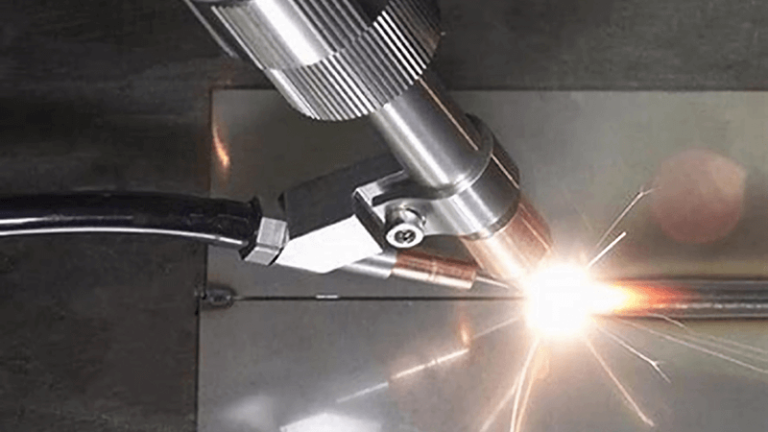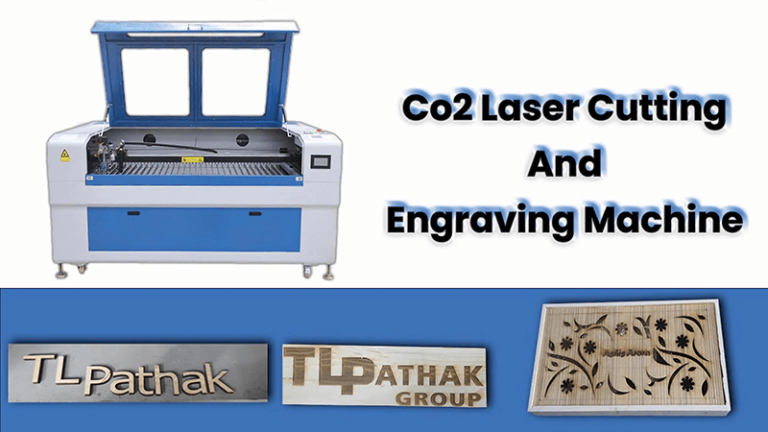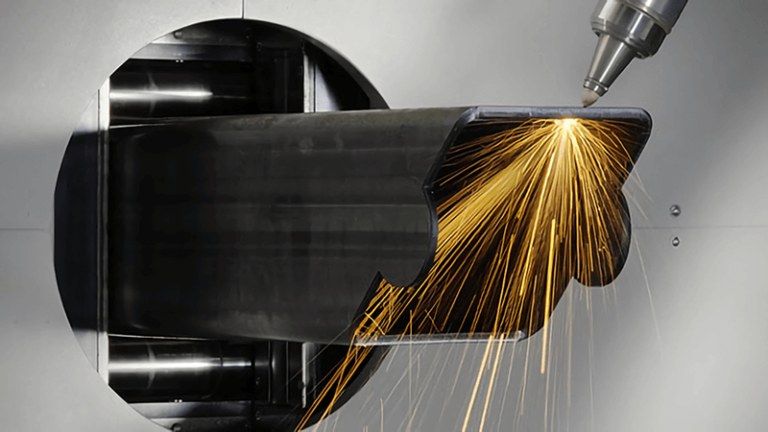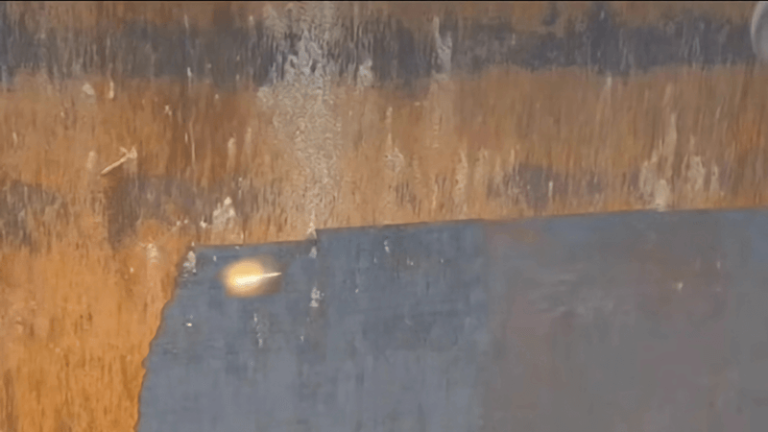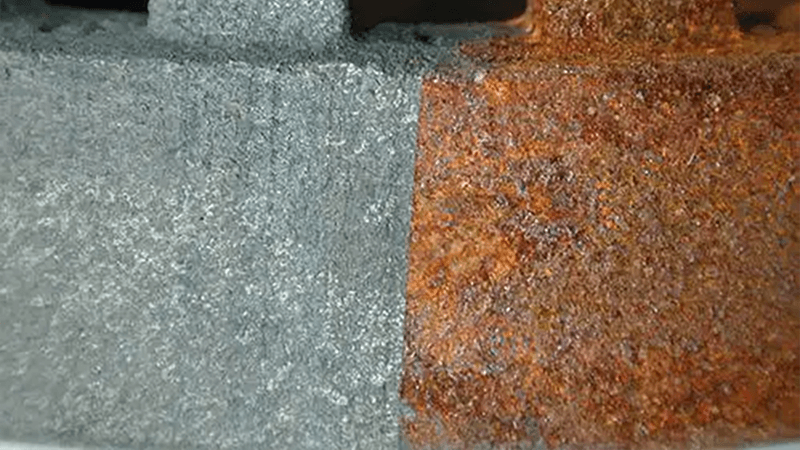
Introduction
Rust can be a nightmare. It corrodes metal, weakens structures, and ruins aesthetics. Whether you’re in manufacturing, automotive, or any other industry that deals with metal, rust removal is a constant challenge. But what if I told you there’s a cleaner, more efficient way to remove rust without the mess of chemicals or abrasive techniques? Enter the world of laser light rust removal. This technology is revolutionizing the way we combat rust, offering a precision-based solution with minimal environmental impact. So, how does it work? And is it worth the investment? Let’s dive in!
Laser light rust removal uses a laser beam to vaporize rust without damaging the underlying material. Unlike traditional methods, laser rust removal doesn’t involve scraping, grinding, or using harsh chemicals. The process is clean, precise, and eco-friendly, making it a game-changer for industries where rust removal is critical. It’s quick, effective, and best of all – it keeps your equipment and environment in tip-top shape.
What Causes Rust and Why is it Important to Remove?
Rust forms when iron, water, and oxygen come together in the right conditions. The iron reacts with oxygen in the air, and in the presence of moisture, this leads to corrosion. Over time, rust weakens metal structures, making them less durable and even unsafe. In industrial settings, rust can cause equipment failure, downtime, and decreased productivity. Removing rust is essential not just for aesthetics, but for the longevity and functionality of your equipment.
Laser rust removal uses a laser beam to vaporize rust without damaging the underlying metal surface.True
The laser beam is focused to vaporize rust precisely, leaving the underlying material unharmed, making it a safe and effective method for rust removal.
Laser rust removal generates harmful fumes and hazardous waste, making it less environmentally friendly.False
Laser rust removal does not generate hazardous waste or harmful fumes, making it a more eco-friendly option compared to traditional rust removal methods.
How Does Laser Light Rust Removal Work?
Laser rust removal involves using high-powered lasers to focus on the rust on a metal surface. The laser beam heats the rust to a point where it vaporizes, leaving behind a clean surface. The best part? The heat generated is precise, ensuring that the underlying material doesn’t get damaged. It’s a contactless method, so there’s no risk of abrasion or scratches. The technology behind it is simple but powerful – a focused beam of light that does all the hard work for you.
Advantages of Using Laser for Rust Removal
- Non-contact and precision – Unlike traditional methods that physically scrape or abrade surfaces, laser rust removal is non-invasive. This means you can remove rust without altering the underlying metal’s integrity.
- Environmental benefits – No need for chemicals or abrasives. The laser only interacts with the rust, not the base metal, making it a sustainable, eco-friendly option. Plus, there’s no mess to clean up after the job is done.
- Minimal wear and tear – Laser systems cause minimal wear on the machine itself and require less maintenance than other equipment like sandblasters or grinders. It’s a durable, low-maintenance investment that offers long-term savings.

Laser Rust Removal vs. Traditional Methods
Now, you might be wondering, “Why should I go for laser rust removal when there are other methods available?” Great question. Let’s compare:
- Sandblasting – Effective, yes, but it can lead to significant wear on both the equipment and the surface being cleaned. Plus, there’s a lot of dust and debris to clean up afterward.
- Chemical rust removers – These are quick and can be effective, but they often use harsh chemicals that are harmful to the environment and your health. Not to mention, they can also leave residues on the metal surface.
- Abrasive methods – These can be effective in removing rust but are prone to scratching the surface, which can weaken the metal or damage delicate components. They also require more maintenance.
Laser rust removal, however, stands out due to its precision, safety, and minimal environmental impact. It’s cleaner, more efficient, and safer for both workers and the environment.
Applications of Laser Rust Removal in Industries
Laser rust removers are making waves across several industries:
- Automotive – Automotive manufacturers use lasers to clean parts like engines, chassis, and suspension systems. It ensures precision cleaning, especially for intricate parts, without causing any damage.
- Aerospace – The aerospace industry uses laser rust removal to clean critical components like turbine blades, wing structures, and engine parts. Precision is paramount, and lasers offer just that.
- Marine – Ships, boats, and other marine structures face corrosion from saltwater. Laser rust removal is perfect for cleaning hulls, propellers, and metal structures without causing rust to reappear quickly.
- Construction – Steel beams, machinery, and other construction equipment are susceptible to rust. Lasers help clean these surfaces effectively and quickly, ensuring that they stay in optimal condition.
How to Choose the Right Laser Rust Remover?
Choosing the right laser rust remover isn’t as simple as picking a random model off the shelf. Several factors need to be considered:
- Power and speed – Depending on the type of rust and the surface material, you'll need to adjust the laser's power. More rust might require a higher-powered system.
- Material compatibility – Make sure the laser is compatible with the material you need to clean. Some lasers are designed specifically for certain types of metal.
- Size and portability – If you need to move the equipment around different workspaces, consider a portable system.
Common Issues and How to Address Them
Like any technology, laser rust removal systems can have a few hiccups. Some common issues include:
- Inconsistent results – This may happen if the power settings aren’t adjusted correctly for the surface or material.
- Overheating – If the laser system isn’t maintained properly, it can overheat and cause system failures.
- Maintenance – While laser systems are low-maintenance, regular cleaning and servicing are still necessary to ensure optimal performance.
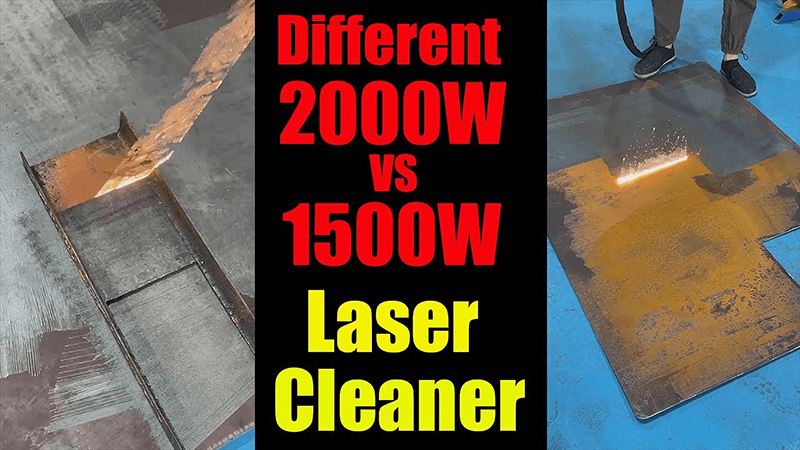
Cost and ROI of Laser Rust Removal Machines
Yes, laser rust removal systems can be an investment. But in the long run, they pay for themselves by reducing downtime, maintenance costs, and improving the lifespan of your equipment. With proper care, laser systems can last years, and the amount of money saved on chemicals, abrasives, and labor can quickly add up.
Here's a summarized table comparing the cost and ROI analysis of Continuous Wave (CW) and Pulsed laser rust removal machines:
Cost and ROI Analysis of CW vs Pulsed Laser Rust Removal Machines
| Category | Continuous Wave (CW) Lasers | Pulsed Lasers |
|---|---|---|
| Price Range | $3,000 - $5,000 (up to $10,000 for high-power) | Starts at $5,000 (up to $20,000 for high-power) |
| Operational Costs | Low, mainly electricity (~$1/hour) | Low, but may require specialized training |
| Efficiency | Best for heavy-duty cleaning, large surfaces | Best for precision, delicate tasks |
| Speed | Up to 50 square meters per hour | Slower on large areas, excels in intricate cleaning |
| Quick ROI | Payback often within a year due to efficiency | Takes longer to recoup investment |
| Long-Term Savings | Durable with minimal maintenance costs | Improves product quality, reduces rework costs |
Summary:
CW Lasers: More cost-effective for large-scale operations due to quick ROI and low operational costs. Ideal for heavy-duty cleaning.
Pulsed Lasers: Offer precision for specialized applications but require a higher initial investment and longer ROI period. Ideal for delicate tasks.
Laser rust removal is a non-contact method that reduces the risk of physical damage to metal surfaces.True
Since laser rust removal doesn’t physically scrape or grind the surface, it minimizes the risk of abrasion or scratches on the underlying metal.
Laser rust removal is only suitable for heavy-duty cleaning and cannot be used for delicate tasks.False
Laser rust removal is versatile, with pulsed lasers offering precision for specialized, delicate tasks, while continuous wave lasers are ideal for heavy-duty cleaning.
Is Laser Light Rust Removal Safe?
Absolutely. Safety is always a priority with laser equipment. Proper handling and following manufacturer guidelines are key to ensuring safety. Laser systems come with safety features such as automatic shut-off functions and safety glasses to protect workers from exposure. The non-contact nature of the technology also reduces the risk of accidents. The following is a precise analysis:
Laser light rust removal is a safe and effective method for eliminating rust from metal surfaces. Unlike traditional methods that rely on chemicals or abrasive materials, laser rust removal uses high-powered laser beams to vaporize rust without producing harmful waste or fumes. This makes it an environmentally friendly option with several safety advantages:
-
Non-Chemical Process: Laser rust removal does not involve toxic chemicals or abrasive materials, eliminating the risks associated with hazardous substances often used in traditional rust removal methods.
-
Minimal Physical Contact: The laser targets only the rust layer, leaving the underlying metal unharmed. This precision reduces the risk of damage to the metal, which can happen with mechanical methods like grinding or sandblasting.
-
Operator Safety: While laser rust removal is generally safe, safety precautions are essential:
- Eye Protection: Operators must wear specialized laser goggles to prevent eye injuries.
- Skin Protection: Protective clothing is necessary to avoid burns from direct exposure to the laser.
- Training: Proper training in operating laser equipment and safety protocols is crucial.
- Ventilation: Ensuring good air circulation helps avoid inhaling dust and fumes.
- Fire Safety: Since the process generates heat, it is important to ensure no flammable materials are nearby and to have fire suppression measures in place.
-
Environmental Impact: Laser rust removal does not generate hazardous waste, making it a cleaner, more sustainable alternative to traditional methods.

Conclusion
Laser rust removal is a game-changer for industries dealing with corrosion. It’s efficient, eco-friendly, and precise, making it an ideal solution for keeping metal surfaces in top shape. While it may be a bit more expensive upfront, the long-term savings in labor, maintenance, and materials make it a worthwhile investment. If you're looking for an innovative and reliable rust removal method, laser is the way to go.
References:
- "Why Investing in Lasers That Remove Rust Can Save Your Business Time and Money?", from Kirin Laser.
- "How Laser Rust Cleaning Machines Are Revolutionizing Maintenance?", from Kirin Laser.
- "How a Laser Light Rust Remover Can Save You Time and Money?", from Kirin Laser.
- "Laser Cleaning vs. Traditional Methods: Which is Right for Your Business?", from Kirin Laser.
- "A Guide to Choosing the Right Laser Rust Cleaning Machine", from Kirin Laser.
- "Laser cleaning – price/performance/return", from Narran.


